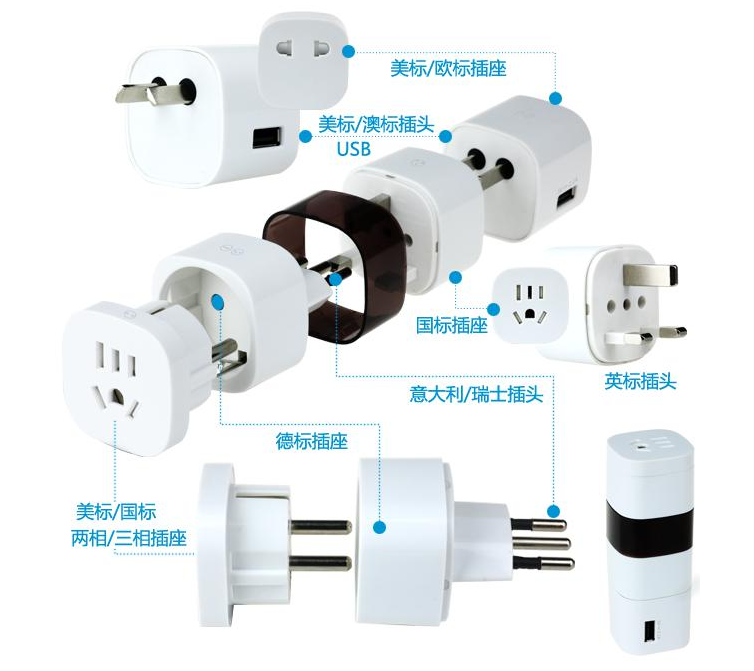 Chinese
ChineseHave you been travelling in the United States and encountered a blow dryer that is not working with a FOB? Are you having trouble charging your phone in New Zealand? There will be a general "strike" of electrical and electronic equipment to Europe.
Since every country has its own standards for power sockets, the equipment you bring with you will often be out of use when you go abroad. Today, we will take a closer look at the types of electrical socket plugs in each country and whether they require a transportable connector.
For global travelers, the diversity of outlets around the world is frustrating for many. An electric toothbrush bought in Russia will not work in South Africa; If you buy an Australian plug converter, it won't work in Europe either. What has become of the Kai? Do you have to buy new equipment to travel somewhere? Do you also worry about explosions if your appliances don't fit into your country's electrical system?
The problem dates back to the dominance of Thomas Edison and Nikola Tesla in the electrical field. In the 19th century, in the lab, the Edison used direct current (DC) power, while the Tesla used alternating current (AC) power. AC power was a winner. Westinghouse Gas, the first company to purchase Tesla's patent, developed a cylinder standard at 60Hz and 110V. In Europe, however, is about the same period, a company called BEW decided to use 50 hz or 240 v (for カ, "he thought, the greater the power, the better).
These two standards are used by countries all over the world, so now most of the world is these two voltage standards.

In addition to voltage, there are now 12 major socket types in the world, but these will not unify the same plug socket type in recent years, which requires a long-term large-scale phase-out process.
So if you are planning a trip abroad, find out beforehand what kind of outlet is used in your destination country. If the outlet is different from yours, you will need a switch plug to make it easier to use your appliance there.
It is recommended to choose multifunctional conversion plug, convenient to use in multiple countries:

The palm-sized multifunctional plug, however, comes in a range of German, Italian/Swiss, British, American/Australian, and USB charging capabilities. Applicable to hundreds of countries and regions around the world, the specific use method is shown in the picture above, a multifunctional plug converter, easy to solve the problem of traveling abroad.